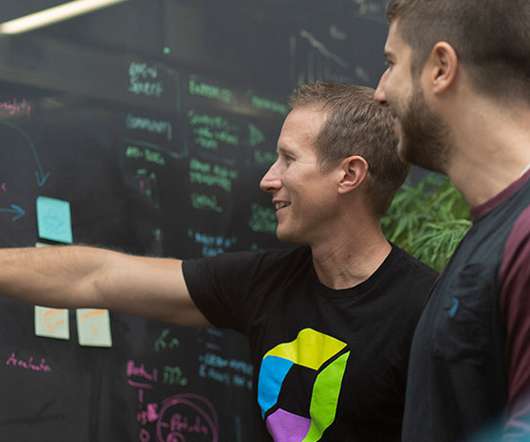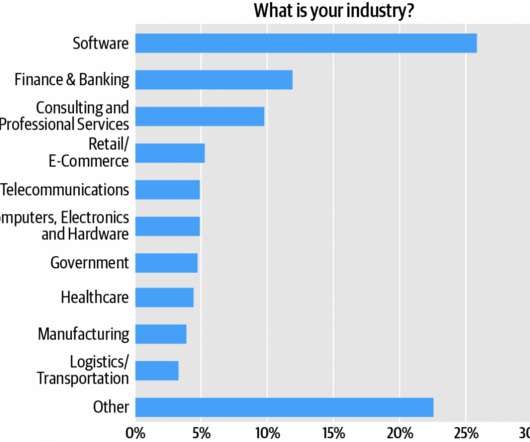What is chaos engineering?
Dynatrace
OCTOBER 28, 2021
In 2009, the purveyor of online videos migrated to AWS cloud infrastructure to deliver its entertainment to a growing audience. It created more uncertainty than the load balancing issues the entertainment firm saw in its data centers. But the cloud brought new complexities, such as increasing connections and dependencies.











Let's personalize your content